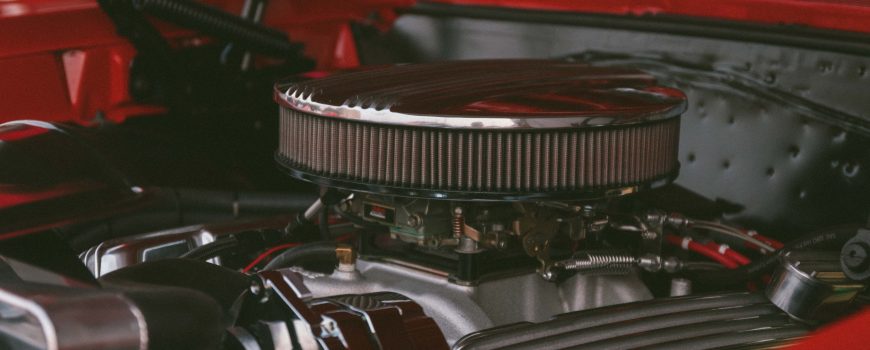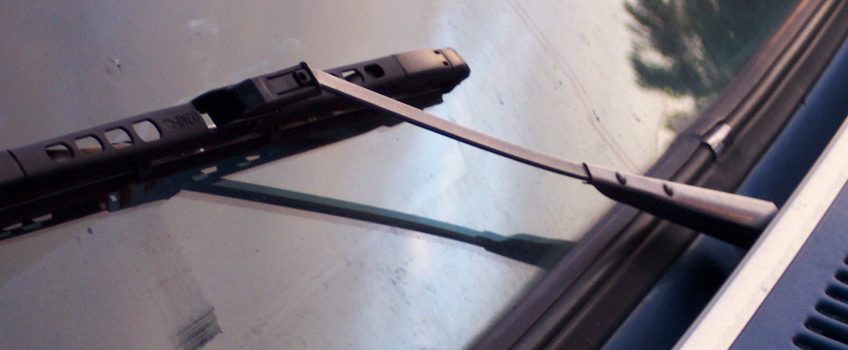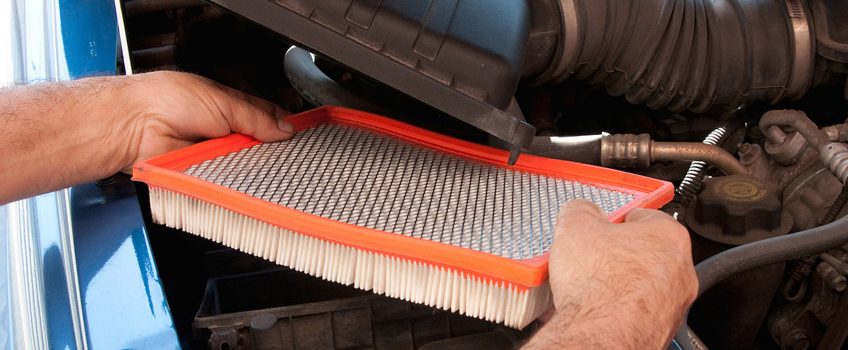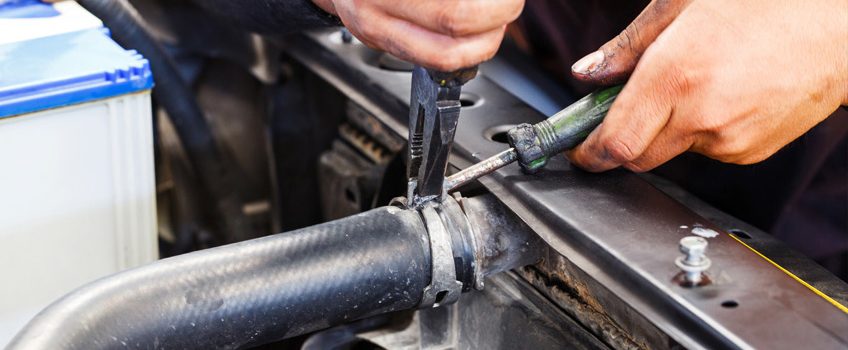The benefits of automotive oil aren’t exactly obvious. Why is your car’s engine so dependent on it? Why are there are so many kinds staring back at you from the shelf? The answers don’t have to be complicated. The fact is, your engine’s oil is one of its most important components. Check out these key benefits of automotive oil.
Friction
The number one job of the oil in your engine is to reduce the friction between its internal moving parts as much as possible. A thin layer of oil coats all the metal inside your car’s motor and ensures that even with the close tolerances found in a modern automobile, there’s never any contact between a piston and a cylinder wall, or any of its bearings. The lubricant is pumped under pressure throughout the engine, where it forms an oil wedge that moves in response to that pressure. It’s more complicated than just dousing parts in oil and calling it a day, but the overall effect is to dramatically reduce wear and tear.
Keep Out Corrosion
Most metals don’t react well to exposure to the atmosphere and, as such, require a coating to prevent them from becoming corroded. Another benefit of engine oil is to stop rust and oxidation from forming inside your engine. While it might seem strange to worry about a rusty motor, consider that an engine is not a closed system — it takes in air and fuel from the outside world, each of which could be further laced with impurities. Add in the high internal temperatures found in automobile motors and you have a recipe for corrosion.
Heat and Deposits
Heat can be damaging in ways other than simply offering an accelerator for rust and other types of corrosion. High combustion temperatures inside your motor combined with the above-mentioned impurities often mean that deposits from fuel being burned in each cylinder are left behind with every stroke. Adding to the benefits of engine oil is the additives pack that is included with most modern lubricants, chemicals that are intended to sweep these deposits away before they can build up to the point where they interfere with the efficiency of your engine. Different types of oil can have different additive packs, too, which is why it’s important to use what your vehicle’s manufacturer recommends in the owner’s manual.
It’s important to understand why oil is a crucial part of your vehicle’s mechanical health so that you can stay on top of the maintenance that comes with owning a car.
Check out all the chemical products available on NAPA Online or trust one of our 16,000 NAPA AutoCare locations for routine maintenance and repairs. For more information on the benefits of automotive oil, chat with a knowledgeable expert at your local NAPA AUTO PARTS store.





